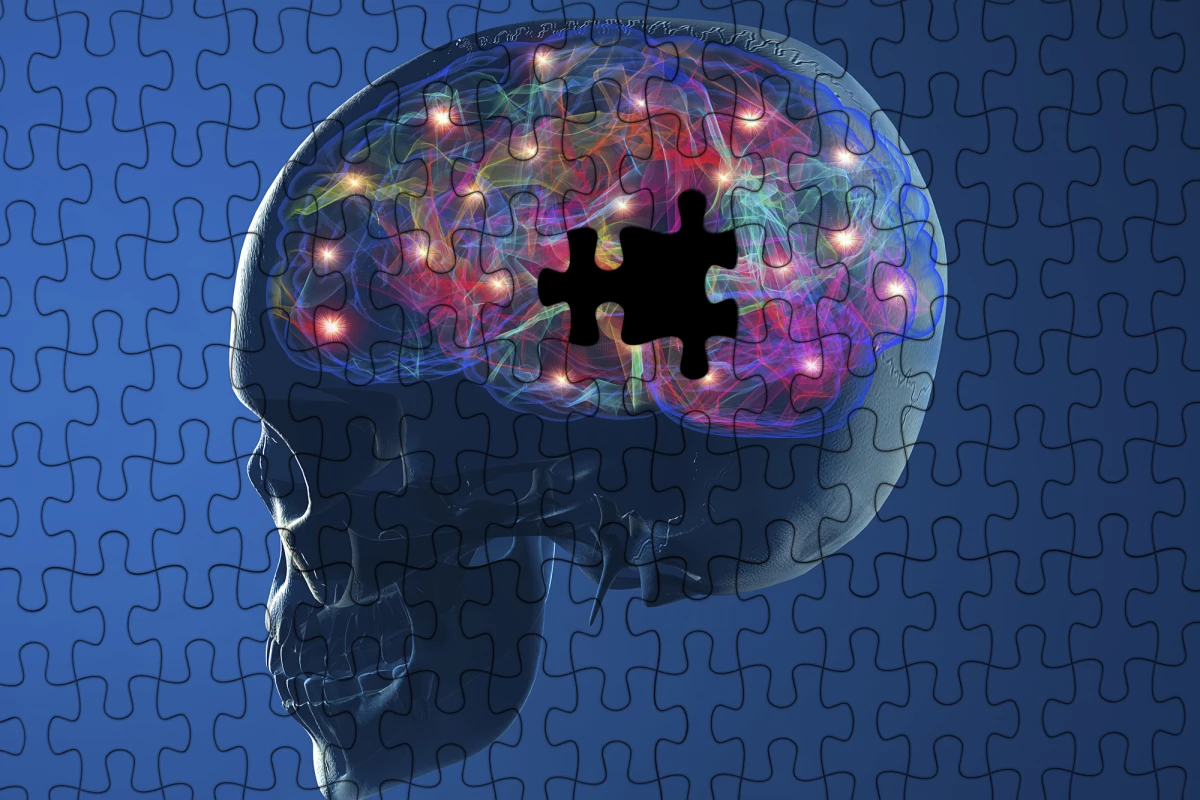The progression of Parkinson’s disease is tied to a compromised production of dopamine in the brain, so a great deal of research centers on techniques that can shore up supplies of the key neurotransmitter. Scientists at Harvard University and Singapore’s Nanyang Technological University have uncovered a pair of molecules that have shown significant potential in this regard, boosting dopamine production in mice with Parkinson’s and greatly improving their motor function as a result.
The team’s research focuses on a class of proteins known as Nurr1, which play a key role in dopamine production and maintaining healthy levels of it in the brain. The team had been searching for molecules that might spur Nurr1 into action in Parkinson’s patients, and has happened upon a "molecular pair" of prostaglandins that appear promising for this.
Prostaglandins are known to perform a variety roles in the human body, helping with the contraction and relaxation of smooth muscle and blood vessels, as well as helping regulate inflammation. What role they play in driving dopamine function via Nurr1 was a relative unknown, but through nuclear magnetic resonance and X-ray crystallography, the team discovered two – Prostaglandin E1 (PGE1) and Prostaglandin A1 (PGA1) – that bind to the proteins and heighten their activity.
"Considering the essential function of Nurr1, we have been searching for its activating molecules in the body,” says leader of the research team Professor Yoon Ho Sup, from Nanyang Technological University. “Finally, we have successfully identified that PGE1/PGA1 is the molecular pair that acts specifically on Nurr1 and can lead to neuroprotective effects on the brain."

The team demonstrated the potential for neuroprotective benefits via experiments on cells and then on live mouse models of Parkinson’s disease. Treating the mice with PGE1/PGA1 saw the molecules bind to and activate Nurr1, which in turn led to a marked increase in dopamine production. The mice then exhibited significant improvements in motor function, a key marker of the severity of Parkinson's disease.
Though it is very early days for the research and much more work will be needed before the approach can be translated to humans, let alone see it enter clinical use, the team is enthused by the results for a couple of reasons.
Where other techniques have shown promise in boosting dopamine production and improving motor function, the researchers see their new approach as a potential way to slow or halt the disease, rather than simply address its symptoms. Other experimental therapies, such as deep brain stimulation, also bring a risk of side effects, according to the team. But with the inherent biocompatibility of prostaglandins, this new potential treatment could offer a safer pathway forward.
"Given that all candidate Parkinson's drugs have failed to show neuroprotective abilities in clinical trials, our findings may offer an opportunity to design mechanism-based disease-modifying therapeutics to treat Parkinson's disease with little side effect,” says Yoon.
The research was published in the journal Nature Chemical Biology.
Source: Nanyang Technological University via EurekAlert




